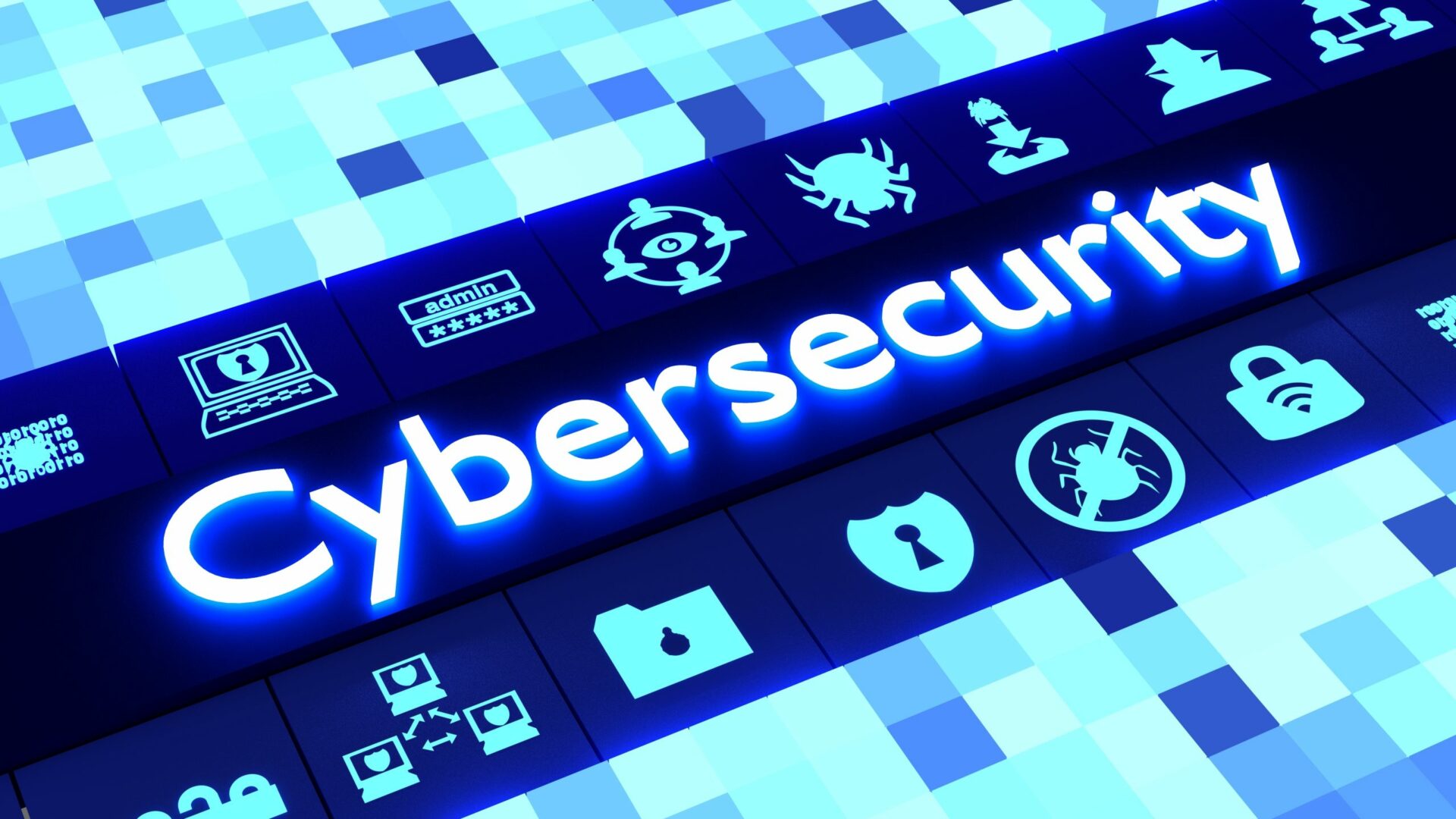In today’s interconnected world, cybersecurity has become a critical concern for individuals, businesses, and governments alike. With the proliferation of digital technologies and the increasing reliance on the internet for everyday activities, the threat landscape has evolved, posing new challenges and risks. From sophisticated cyber attacks to emerging threats, understanding the current cybersecurity landscape is essential for safeguarding sensitive information and maintaining trust in the digital ecosystem.
The Evolving Cyber Threat Landscape
Cyber threats come in many forms, ranging from common malware infections to sophisticated nation-state-sponsored attacks. As technology evolves, so too do the tactics and techniques employed by cybercriminals. Some of the most prevalent cyber threats facing organizations and individuals today include:
- Ransomware: Ransomware attacks continue to pose a significant threat to businesses and individuals worldwide. These attacks involve malicious software that encrypts files or systems, rendering them inaccessible until a ransom is paid.
- Phishing: Phishing attacks remain a favorite tool among cybercriminals for stealing sensitive information such as login credentials, financial data, and personal information. These attacks often involve deceptive emails, websites, or messages designed to trick users into disclosing confidential information.
- Data Breaches: Data breaches can have severe consequences for organizations and individuals, resulting in the exposure of sensitive data such as customer information, intellectual property, and financial records. Cybercriminals may exploit vulnerabilities in systems or networks to gain unauthorized access to data.
- Advanced Persistent Threats (APTs): APTs are sophisticated cyber attacks typically carried out by well-funded and organized groups with specific objectives, such as espionage or sabotage. These attacks often involve stealthy techniques to evade detection and maintain access to targeted systems over an extended period.
- IoT Vulnerabilities: The proliferation of Internet of Things (IoT) devices has introduced new security challenges, as many of these devices lack robust security features and are vulnerable to exploitation. Compromised IoT devices can be used to launch large-scale attacks, such as Distributed Denial of Service (DDoS) attacks.
Protection Methods and Best Practices
In the face of evolving cyber threats, organizations and individuals must adopt proactive cybersecurity measures to mitigate risks and protect sensitive information. Some essential protection methods and best practices include:

- Use of Strong Authentication: Implementing strong authentication mechanisms, such as multi-factor authentication (MFA), can significantly enhance security by requiring multiple forms of verification before granting access to accounts or systems.
- Regular Software Updates and Patch Management: Keeping software and systems up to date with the latest security patches is crucial for addressing known vulnerabilities and reducing the risk of exploitation by cyber attackers.
- Employee Training and Awareness: Educating employees about common cyber threats, phishing scams, and security best practices can help reduce the likelihood of successful attacks and empower individuals to recognize and report suspicious activities.
- Network Segmentation and Access Controls: Implementing network segmentation and access controls can limit the impact of a potential breach by restricting access to sensitive systems and data only to authorized users and devices.
- Data Encryption: Encrypting sensitive data both in transit and at rest can help protect it from unauthorized access in the event of a breach or interception. Strong encryption algorithms and key management practices should be employed to ensure the confidentiality and integrity of data.
- Regular Security Audits and Assessments: Conducting regular security audits and assessments can help identify vulnerabilities, misconfigurations, and areas of improvement within an organization’s infrastructure and security posture.
- Incident Response Planning: Developing and regularly testing incident response plans can help organizations effectively respond to and mitigate the impact of cybersecurity incidents when they occur. This includes establishing communication protocols, containment procedures, and recovery strategies.
As technology continues to advance and cyber threats evolve, maintaining robust cybersecurity measures is essential for safeguarding sensitive information and protecting against malicious activities. By staying informed about current threats, adopting best practices, and implementing proactive security measures, organizations and individuals can reduce their risk exposure and contribute to a safer digital environment for all. Cybersecurity is a shared responsibility, and by working together, we can build a more resilient and secure digital ecosystem for the future.

